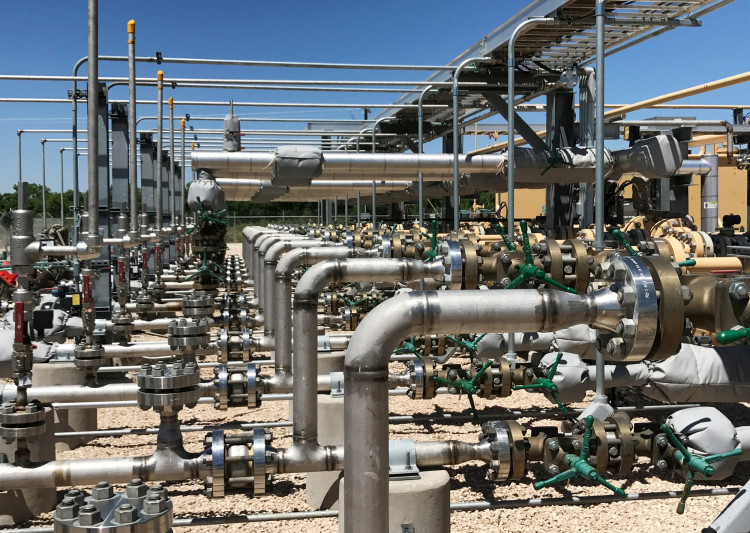Despite Saudi Arabia-led OPEC+'s determined efforts to bolster oil prices, US oil output is projected to break records this year. The surge in crude oil production outside the OPEC+ region weakens the organization's pricing power and explains the persistently low oil prices despite numerous positive triggers.
As of April this year, US crude oil production grew by 9% compared to the same period last year. This increase came as a surprise to the market, particularly given the decline in oil prices and signs of a plateau in US shale oil boom. One of the reasons for the increase in US crude oil production is improved efficiency. After the oil price crash in 2015, US shale oil producers significantly increased their oil production efficiency through research and development, reaping significant engineering-based benefits and reducing staffing and costs.
According to estimates by JP Morgan, thanks to improved yields, drilling and hydraulic fracturing costs in US shale oil fields have decreased by 36% since 2014. This means that oil companies can remain profitable even with falling oil prices. For instance, EOG Resources, which earned from an $86 per barrel oil trade nine years ago, can now break even at just $42 per barrel.
Major producers such as ConocoPhillips, Devon Energy, Pioneer Natural Resources, and EOG Resources have shown strong production in the first quarter of this year. Smaller private companies, which increased drilling during last year's oil price surge, are currently reaping benefits.
Currently, shale oil companies have discovered techniques to allow more water and sand into the rock, resulting in more fissures releasing oil and gas. ConocoPhillips announced that the wells they plan to drill this year will be 14% longer than those drilled last year. EOG Resources said that they drilled a well over five miles deep and nearly three miles long in southern Texas earlier this year, setting a record for the company.
Exxon Mobil and Chevron are eager to significantly increase their output in the Permian Basin over the next few years. The Permian Basin is an important oil-producing area spanning western Texas and southeastern New Mexico. Last month, Exxon Mobil's CEO stated that the oil industry's oil recovery rate is still around 10% in theory, and called for doubling this level. However, industry insiders say this is no easy task, as hydraulic fracturing staff are already working around the clock.
In addition to the US, other countries like Brazil, Canada, and Norway are also increasing their crude oil production. So far this year, the production cuts announced by OPEC and its allies equate to about 6% of last year's production. However, industry estimates indicate that the increase in crude oil production in countries outside OPEC+ amounts to about two-thirds of the organization's production cuts. Half of this new crude oil comes from the US.
Earlier this week, during the OPEC meeting in Vienna, Amin Nasser, the CEO of Saudi oil giant Aramco, was asked why oil prices remain so persistently low. Nasser responded that concerns about economic recession and economic headwinds are the reasons. Saudi Aramco's anticipated investment of $45 to $55 billion this year demonstrates confidence in the future. Nasser also noted that China's recovery and the rebound in aviation fuel will support crude oil demand.
Despite OPEC+'s series of measures to boost oil prices, the market response has been lukewarm. Earlier this week, Saudi Arabia and Russia, two major oil-producing countries, teamed up once again to support oil prices. Saudi Arabia announced it would extend its voluntary daily production cut of one million barrels through August, while Russia declared it would additionally reduce oil exports by 500,000 barrels daily in August, along with cutting production by 500,000 barrels daily.






